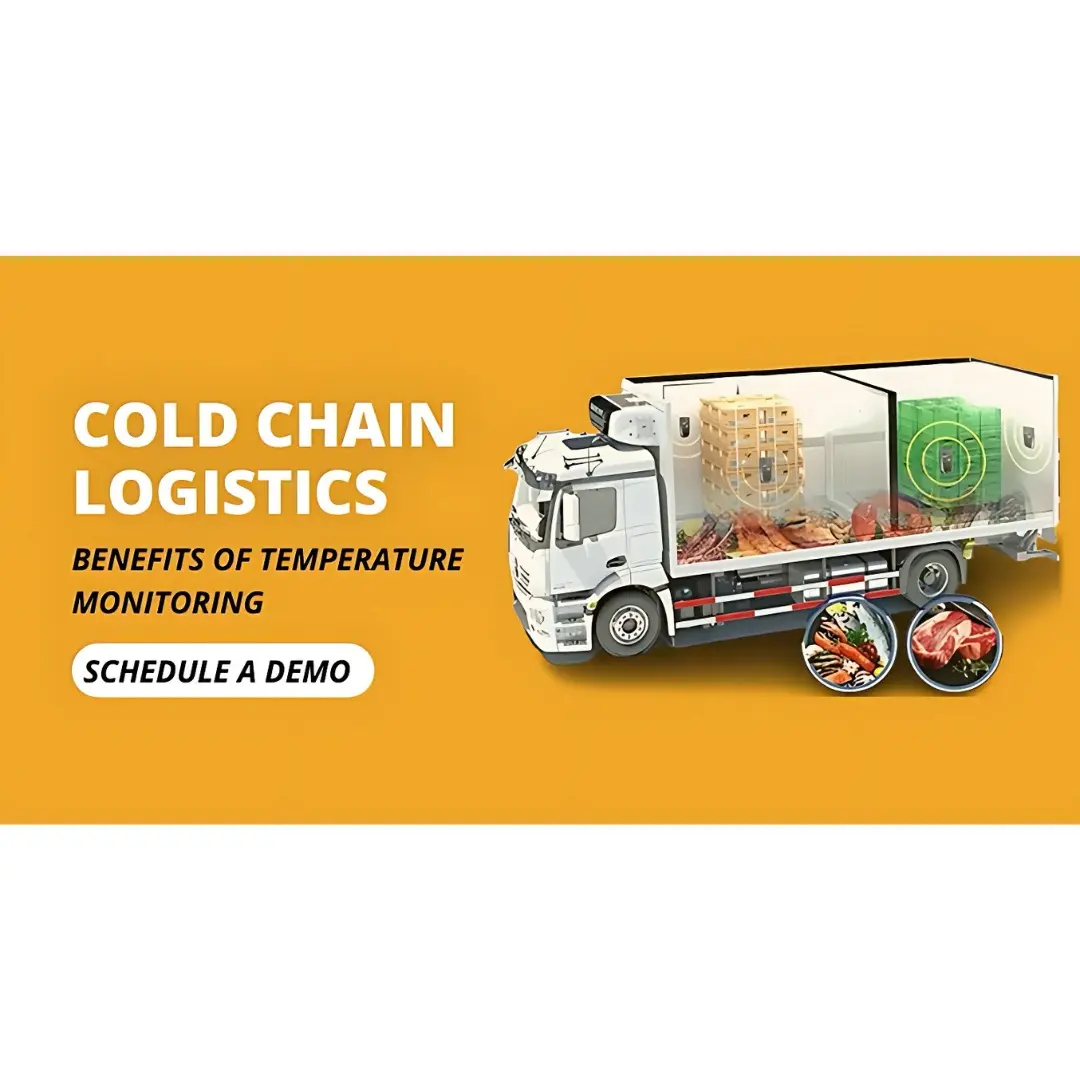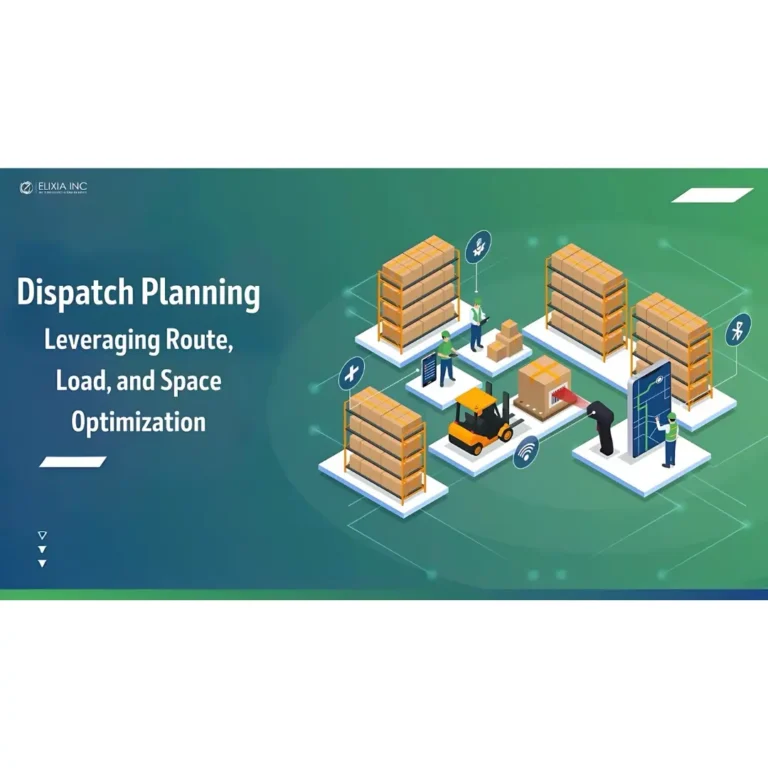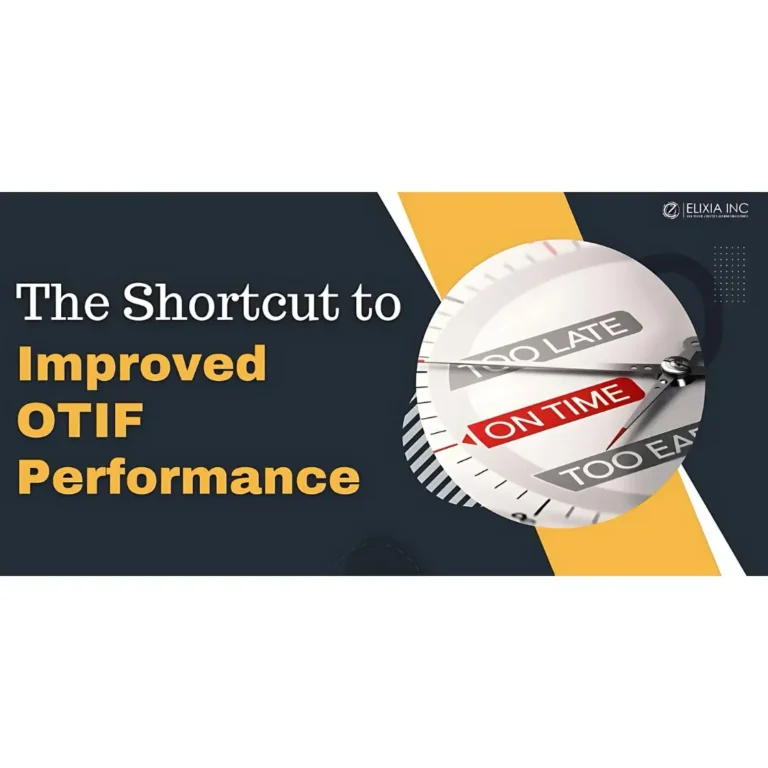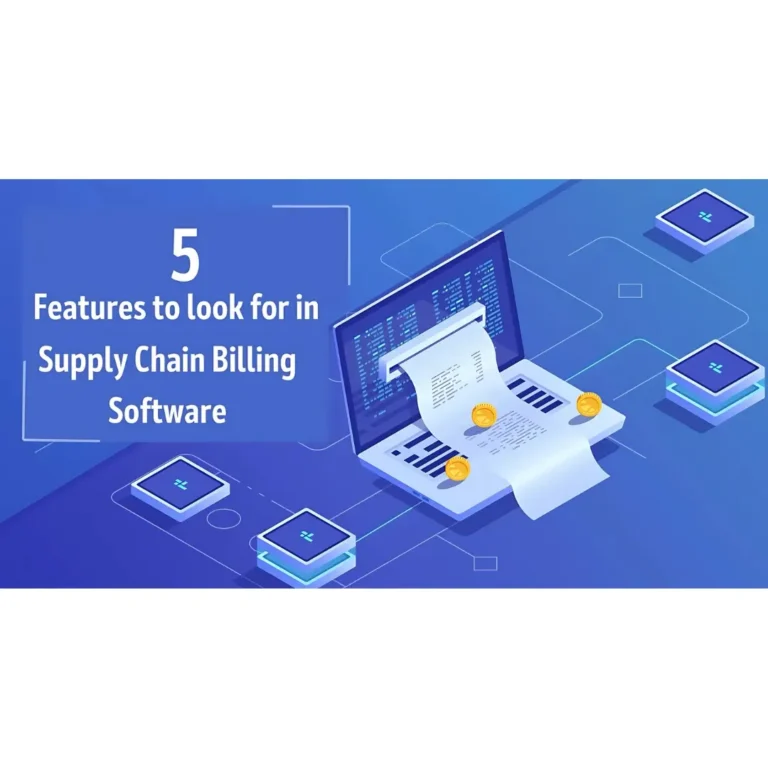Being in a country where an individual’s average wallet spends on food & medicine accounts for almost 32% of his earnings, it becomes imperative for us to provide quality products at economical prices. Cold Chain Logistics is playing a key role here. It ensures zero contamination and degradation of the product right from the factory to the end user.

What is cold chain logistics?
Cold chain logistics refers to the management and transportation of temperature-sensitive products, such as food, pharmaceuticals, and chemicals, in a temperature-controlled environment. The aim of cold chain logistics is to maintain the quality, safety, and efficacy of these products throughout the supply chain, from production to consumption.
What gets measured, gets managed!
We all are aware of the huge investments one puts in to get logistics and supply chain channels in place. But still, we don’t realize the importance of an efficient monitoring tool to track the benefits from it.
Spoiled products in both the food and medical category can lead to serious consequences for health and well-being and thus, these industries are now moving towards cold-chain logistics. A few examples from different industries stating the need for cold-chain logistics are as follows:
- Frozen desserts should always be kept at or lower than the temperature of -12 deg C. Beyond this range, they get changes in body, texture, and flavor characteristics. When ice cream’s small crystals melt and refreeze, they can eventually turn into large, unpalatable lumps.
- Frozen food should always be maintained at or lower than -18 deg C. In case there is an increase in temperature beyond this range, food becomes discolored and loses its vitamin content and even maintaining the temperature again will not correct this damage.
- The recommended temperature range for storing heat-sensitive drugs in the cold chain is between 2 to 8 deg C. These products are extremely sensitive to temperature ranges. They can easily go beyond 8 degrees in less than 4 minutes so it is extremely important to have real-time monitoring for healthcare products.

Despite the facilities of the cold chain being in place, India still doesn’t have the right infrastructure to support its full-time functioning. Thus, it is not only important to maintain the temperature in cargo/warehouses but it is equally necessary to define temperature-compliant parameters too.
5 Benefits of temperature monitoring in cold chain logistics:
By leveraging temperature monitoring, we can optimize cold chain logistics, leading to improved efficiency and reduced costs.
Ensures product quality:
Temperature-sensitive products, such as vaccines and biologics, can lose their efficacy if exposed to temperatures outside the recommended range. Temperature monitoring ensures that these products are kept within the required temperature range, ensuring their quality and efficacy.
Prevents product spoilage:
Temperature deviations can cause spoilage of food products, leading to significant financial losses for manufacturers, distributors, and retailers. Temperature monitoring can promptly detect any deviations and enable us to take corrective actions, preventing product spoilage.
Enhances safety:
Temperature-sensitive products can pose health risks if consumed or used after exposure to temperatures outside the recommended range. Temperature monitoring ensures that these products are safe for consumption or use, enhancing safety for consumers and end-users.
Facilitates regulatory compliance:
Many temperature-sensitive products, such as pharmaceuticals and biologics, are subject to regulatory requirements that mandate temperature monitoring throughout the supply chain. Temperature monitoring facilitates compliance with these regulations, ensuring that products meet the required standards.
Improves supply chain efficiency:
Temperature monitoring can help identify inefficiencies in the supply chain, such as delays in transit or improper handling of products. By optimizing cold chain logistics by addressing these inefficiencies, we can improve efficiency and reduce costs.
To Sum Up
In conclusion, the cold chain logistics process is critical for the safe and efficient transportation of temperature-sensitive goods. It helps maintain product quality, extend product shelf life, ensure product safety, increase supply chain efficiency, and enable global trade. As such, it is an essential component of the modern supply chain, enabling businesses to meet the growing demand for temperature-sensitive products.
Temperature monitoring solution from Elixia
A one-stop solution for the problems one faces with cold chain logistics. This product helps in maintaining the quality of perishable/ temperature-sensitive products by:
- monitoring the temperature 24*7 with the web as well as mobile-based solution
- providing real-time alerts in case of any deviations
- tracking humidity and generator set parameters
- maintaining the same temperature across locations and many more.
This relatively economical solution can help in the reduction of daily losses resulting in huge savings for the company annually. The quality of products provided by your company will also improve resulting in customer satisfaction and a better reputation for your product in the market.
Schedule a call with us to know more.






